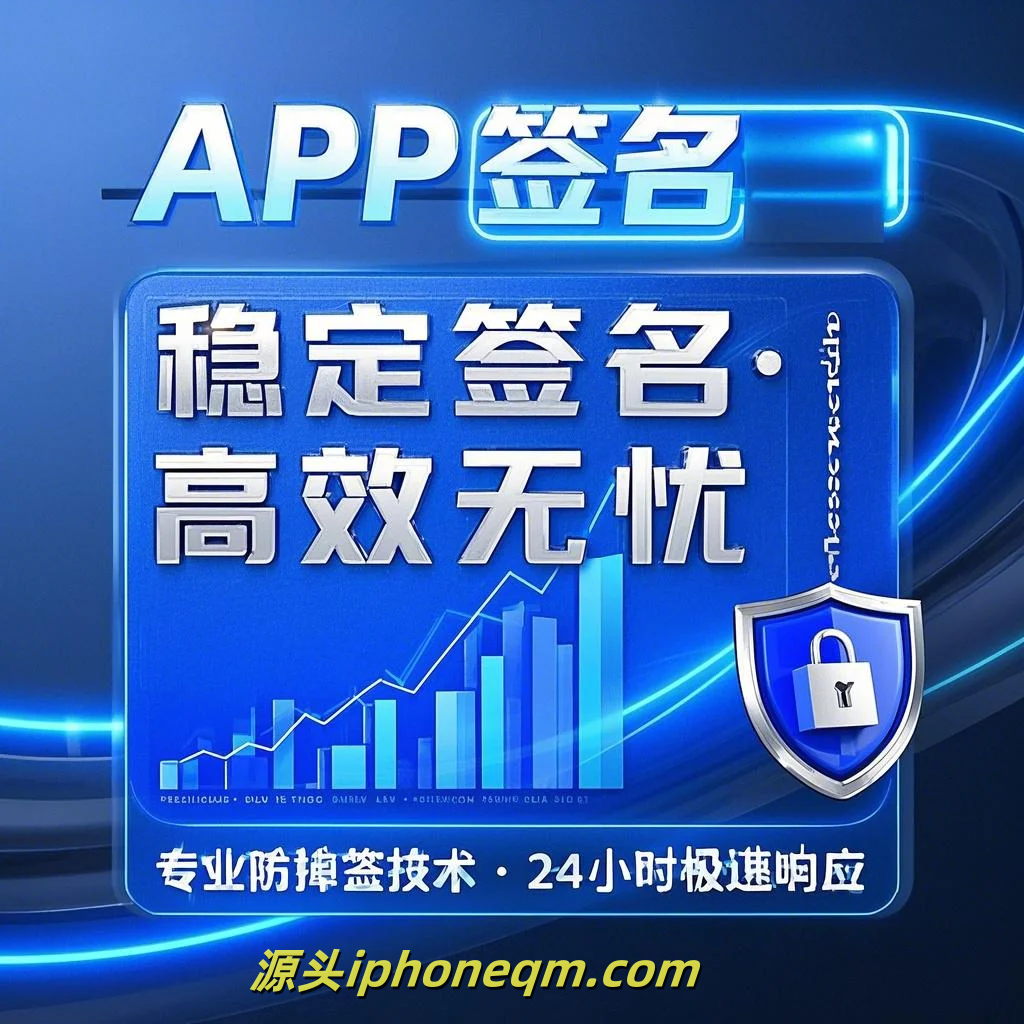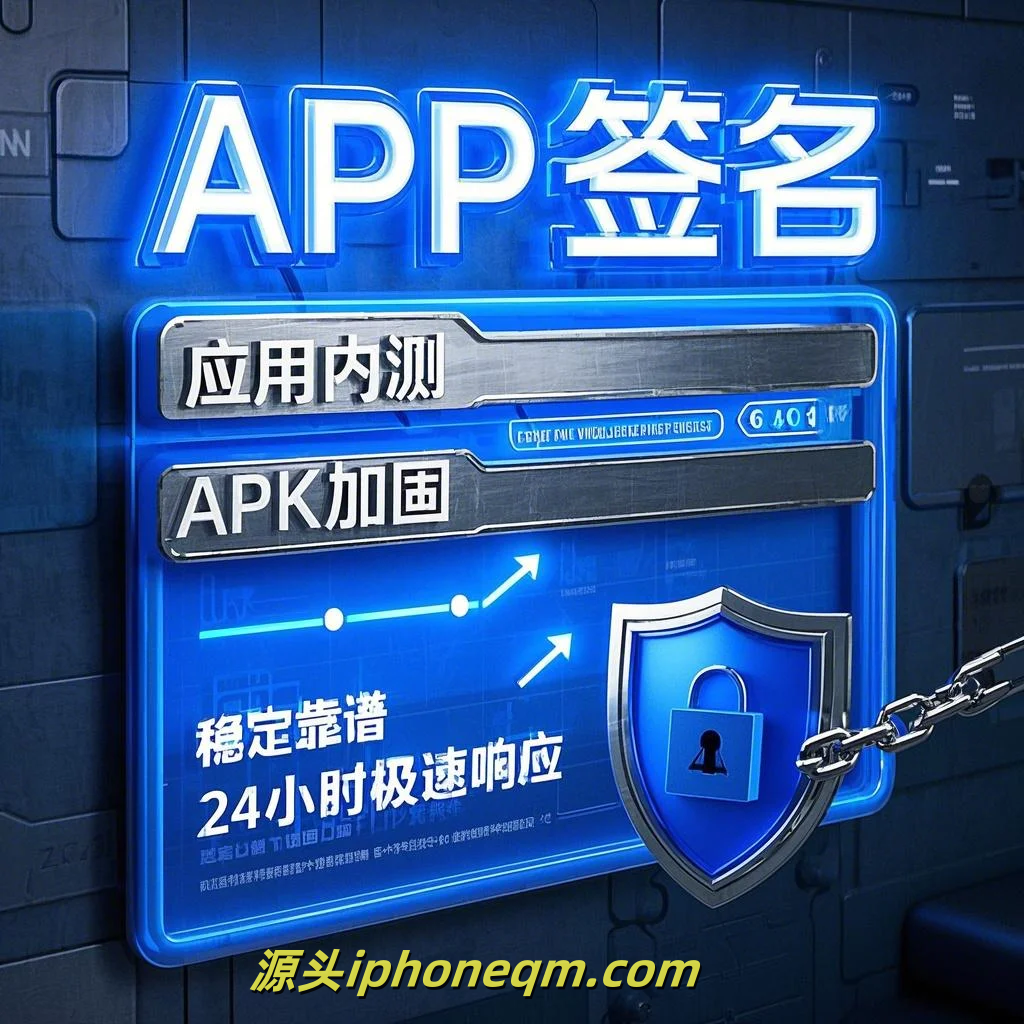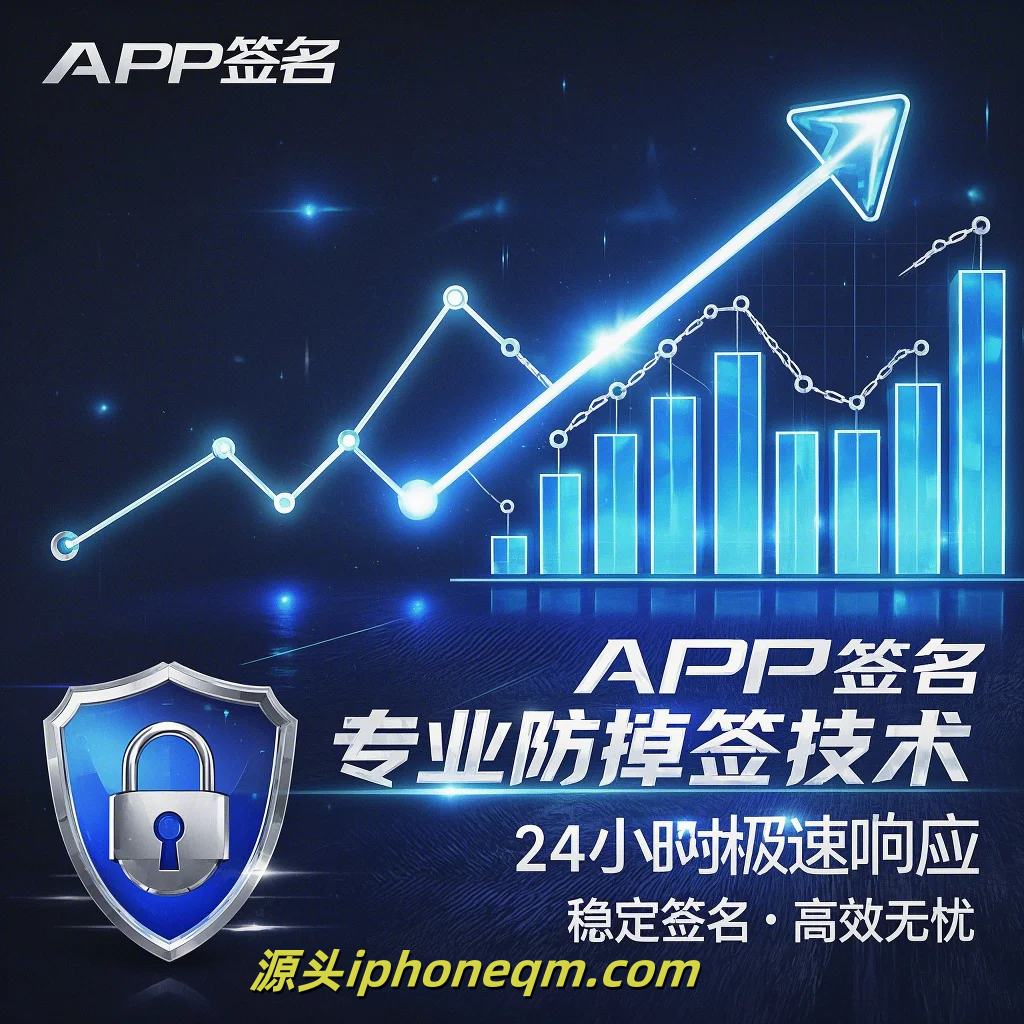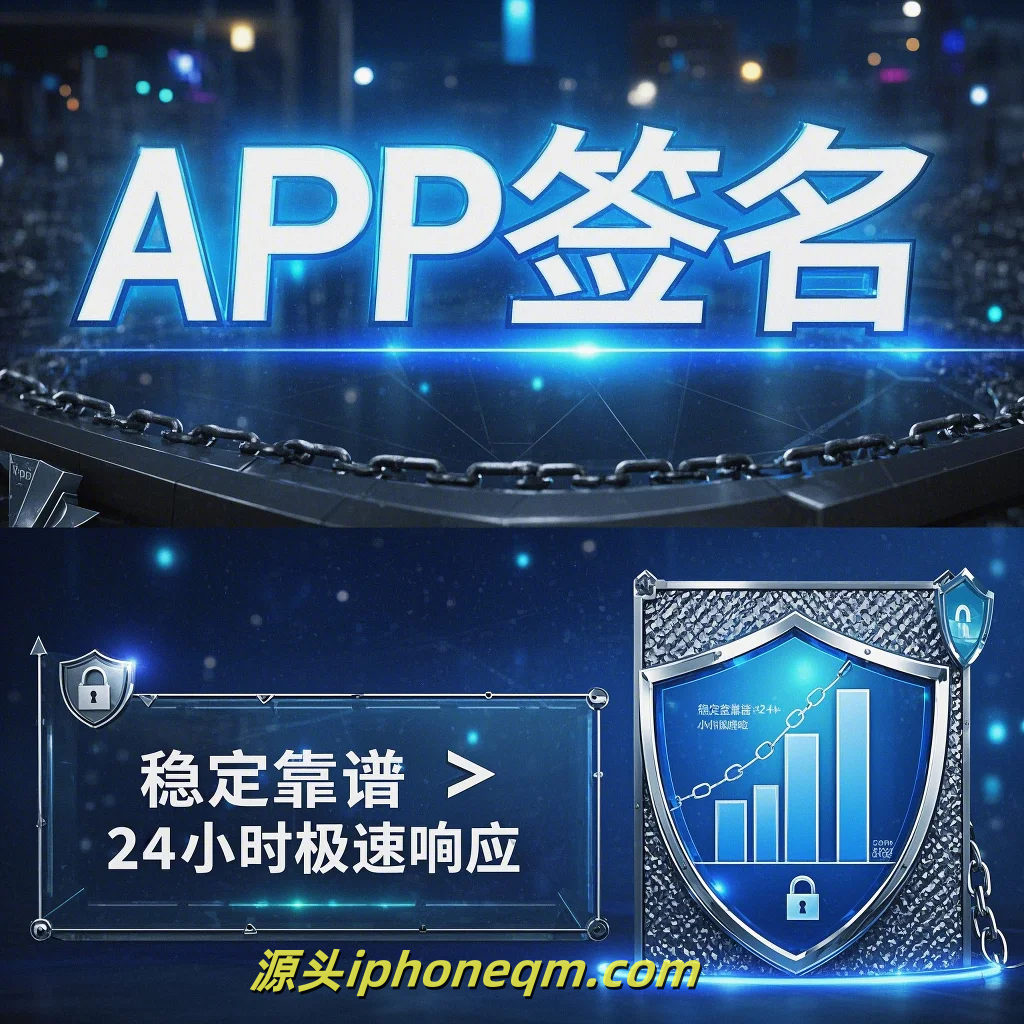The landscape of mobile app signing processes is continuously evolving, driven by advancements in technology and growing concerns over security. This article explores the future of mobile app signing processes, highlighting key trends and innovations that are poised to shape the industry.

As mobile applications become integral to daily life, the need for secure and efficient app signing processes has never been more critical. Traditionally, app signing involves cryptographic methods to verify the authenticity and integrity of applications before they reach end users. However, with the increase in cyber threats and the complexity of application ecosystems, there is a pressing demand for more robust solutions.
One of the most significant trends in mobile app signing is the shift towards automated processes. Automation streamlines the signing workflow, reducing the time it takes for developers to sign their apps and distribute them. This is particularly crucial in agile development environments where rapid iterations and continuous deployment are the norms. Tools that offer automated signing capabilities can help minimize human errors and enhance overall productivity.
Moreover, the integration of blockchain technology into mobile app signing is gaining traction. Blockchain's decentralized nature provides a tamper-proof ledger that can verify app signatures, ensuring authenticity without relying on a single point of failure. This approach not only bolsters security but also fosters transparency, allowing users to trace the app's origin and changes over time. As blockchain technology matures, we can expect to see more app developers and platforms leveraging it to enhance trust and security in app signing.
Another significant development is the rise of biometric authentication within app signing processes. With the increasing prevalence of biometric technology, such as facial recognition and fingerprint scanning, the future of app signing could see these methods incorporated into the signing workflow. This would allow developers to add an extra layer of security, ensuring that only authorized personnel can sign and release applications. Biometric authentication can significantly reduce the risk of unauthorized access, making it an appealing option for both developers and users concerned about security.
As the industry embraces a more user-centric approach, the future of mobile app signing will likely prioritize user experience. This means simplifying the signing process, making it more intuitive and accessible. Developers will welcome tools that allow for seamless app signing without extensive technical knowledge. Enhanced user interfaces and clear documentation can empower developers to focus on app innovation rather than getting bogged down by complex signing procedures.
Furthermore, regulatory compliance will play an increasingly prominent role in shaping app signing processes. With data privacy regulations like GDPR and CCPA gaining traction worldwide, developers must ensure their signing processes align with legal standards. This will lead to the adoption of best practices in app signing and encourage the development of compliant tools and frameworks that facilitate smooth adherence to regulations.
Lastly, as mobile ecosystems expand beyond traditional devices to include IoT and wearables, the app signing processes must adapt accordingly. This includes developing lightweight signing solutions capable of functioning across diverse platforms while maintaining high security standards. The future will call for versatile solutions that not only meet the requirements of current mobile systems but also prepare for the next generation of devices.
In conclusion, the future of mobile app signing processes is poised for transformation. With automation, blockchain integration, biometric authentication, user-centric design, regulatory compliance, and adaptation to new technologies, the mobile app signing landscape will evolve to meet the demands of an increasingly complex digital world. As these trends continue to emerge, developers and organizations must remain agile and proactive, ensuring that their app signing processes are not only secure but also efficient and user-friendly. Embracing these changes will be vital for maintaining trust and reliability in a future where mobile applications play a central role in society.
扫描二维码推送至手机访问。
版权声明:本文由MDM苹果签名,IPA签名,苹果企业签名,苹果超级签,ios企业签名,iphoneqm.com发布,如需转载请注明出处。












